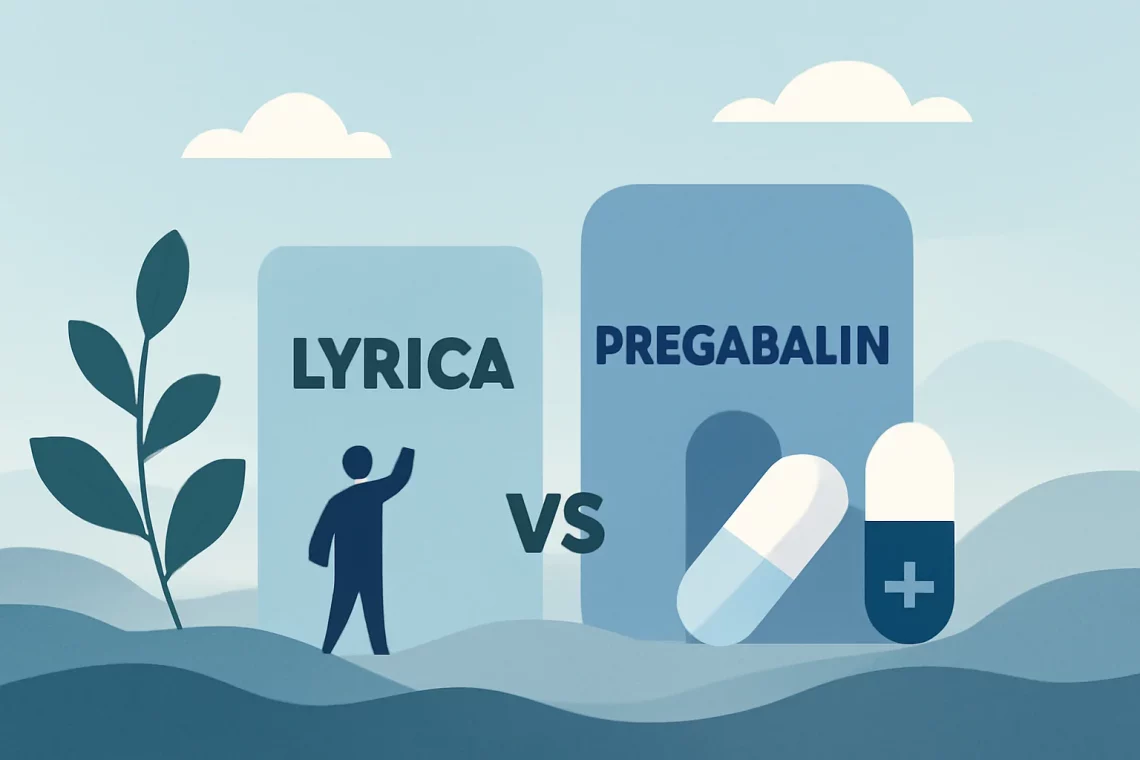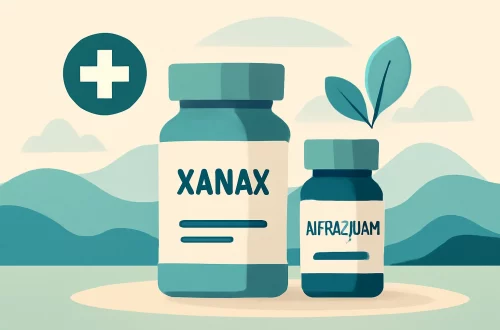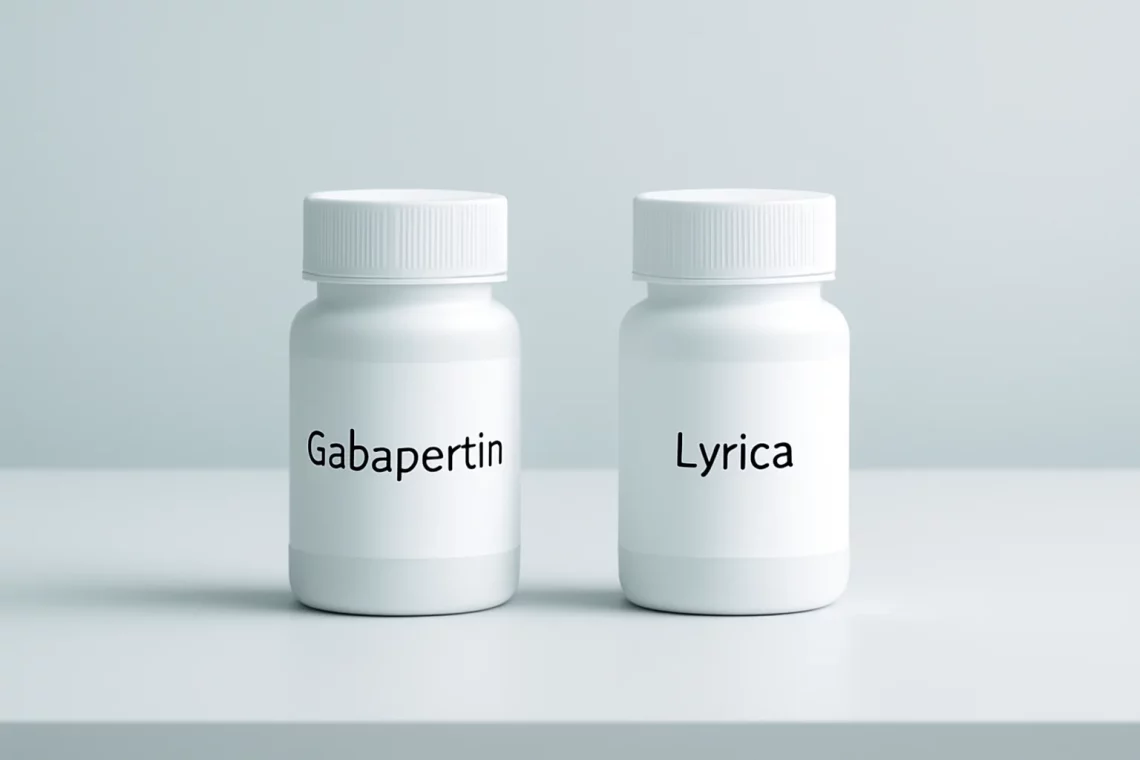-
Lyrica vs Topamax: A Comprehensive Comparison of Two Medications
The landscape of pharmaceuticals is vast and complex, with countless medications available to treat a variety of conditions. Among these medications, Lyrica and Topamax have gained prominence in managing certain neurological and psychological disorders. Both drugs serve specific purposes, but they come with their own sets of benefits and side effects, making the choice between them a critical decision for individuals seeking relief from debilitating symptoms. Understanding these medications requires a deeper look into their mechanisms, uses, and potential side effects. As individuals navigate their treatment options, it becomes essential to evaluate not just the effectiveness of each drug but also how they interact with one another and with the…
-
Lyrica vs Amitriptyline: Comparing Benefits and Side Effects
Lyrica and Amitriptyline are two medications that are often discussed in the context of managing chronic pain, anxiety, and various neurological conditions. While both drugs share some similarities in their therapeutic uses, they operate through different mechanisms and can have distinct side effects. Understanding these differences is crucial for patients and healthcare professionals alike, as the choice between Lyrica and Amitriptyline can significantly impact treatment outcomes. Lyrica, also known by its generic name pregabalin, is primarily used to treat neuropathic pain, fibromyalgia, and certain types of seizures. It works by modulating the release of neurotransmitters in the brain, which helps to reduce pain and improve mood. On the other hand,…
-
Lyrica vs Baclofen: A Comprehensive Comparison of Uses and Effects
Lyrica and Baclofen are two medications often used to manage different types of pain and neurological conditions. Each has distinct mechanisms of action, benefits, and side effects, making them suitable for various patients and conditions. Lyrica, the brand name for pregabalin, primarily targets neuropathic pain and seizures, while Baclofen is a muscle relaxant predominantly used for spasticity related to neurological disorders. Understanding the differences between these two medications is crucial for patients and healthcare providers in order to choose the most appropriate treatment options. The decision to use Lyrica or Baclofen can be influenced by factors such as the specific condition being treated, the patient’s medical history, and the potential…
-
Lyrica vs Pregabalin: Understanding the Differences and Uses
Lyrica and pregabalin are terms that often arise in discussions surrounding the treatment of various neurological and chronic pain conditions. As both a brand name and the generic name of the same medication, pregabalin is widely recognized for its role in managing conditions such as epilepsy, fibromyalgia, and neuropathic pain. The drug is classified as an anticonvulsant and works by modulating neurotransmitter release in the brain, which can help alleviate symptoms in patients suffering from these debilitating conditions. The distinction between Lyrica and pregabalin is especially relevant in the context of prescription medication, where patients may encounter both terms during their treatment journey. While the active ingredient remains the same,…
-
Lyrica vs Nortriptyline: Comparing Their Uses and Effectiveness
The management of chronic pain and various mental health conditions often involves the use of medications that can significantly affect a patient’s quality of life. Among these medications, Lyrica (pregabalin) and Nortriptyline are two prominent choices that serve distinct purposes. While both drugs can alleviate certain symptoms, their mechanisms of action, side effects, and appropriate use vary widely, making it essential for patients and healthcare providers to understand their differences and similarities. Lyrica is primarily used to treat neuropathic pain, fibromyalgia, and certain types of seizures. It works by modulating the release of neurotransmitters and inhibiting certain calcium channels in the nervous system. On the other hand, Nortriptyline is a…
-
Gabapentin vs Lyrica: A Comprehensive Comparison of Two Medications
Gabapentin and Lyrica are two medications commonly used to manage various types of nerve pain and certain seizure disorders. Both drugs belong to a class of medications known as anticonvulsants, which work by stabilizing electrical activity in the brain and modulating neurotransmitter release. Despite their similar purposes, gabapentin and Lyrica (pregabalin) have distinct formulations, efficacy profiles, and potential side effects, making it essential for healthcare providers to carefully consider which medication may be most appropriate for each individual patient. The rise in awareness regarding chronic pain conditions has led to increased usage of these medications, often resulting in confusion among patients who may not fully understand the differences between them.…
-
Gabapentin or Pregabalin: Which is Right for Your Pain Management?
Gabapentin and pregabalin are two medications widely used in the management of various neurological and pain disorders. Both belong to a class of drugs known as gabapentinoids, which primarily function by modulating the release of certain neurotransmitters in the brain. The therapeutic effects of these medications have made them popular choices for treating conditions such as neuropathic pain, fibromyalgia, and even epilepsy. Despite their similarities, gabapentin and pregabalin have distinct pharmacological profiles, side effects, and indications that can influence a healthcare provider’s choice between the two. In recent years, there has been a growing interest in understanding the nuances between gabapentin and pregabalin. Patients often find themselves faced with choices…
-
Lyrica vs Neurontin: Choosing the Right Treatment for Nerve Pain
Lyrica and Neurontin are two medications commonly used to treat nerve pain and other neurological conditions. While they are often mentioned in conjunction with each other, these drugs have distinct properties and uses. Both medications belong to a class known as anticonvulsants, but they have different mechanisms of action, side effects, and indications. Understanding these differences is crucial for patients and healthcare providers alike, as it can help optimize treatment strategies for various conditions, including neuropathic pain, fibromyalgia, and seizures. The growing prevalence of chronic pain and neurological disorders has led to an increased demand for effective pain management options. Patients are increasingly seeking alternatives to traditional pain relievers, prompting…
-
Lyrica vs Gabapentin: Which Medication Is Right for You?
The discussion surrounding medications for neuropathic pain and seizures often leads to a comparison between Lyrica and Gabapentin. Both drugs are anticonvulsants and are widely prescribed for similar conditions, yet they differ in various aspects, including their chemical makeup, efficacy, side effects, and overall patient experience. Neuropathic pain, often characterized by a burning or shooting sensation, can arise from various underlying conditions, such as diabetes, shingles, or nerve injuries. These sensations can severely impact the quality of life, prompting healthcare professionals to seek effective treatments. Lyrica, known generically as pregabalin, and Gabapentin, often referred to by its brand name Neurontin, are two popular choices in the realm of pain management.…
-
Can You Safely Take Gabapentin with Tramadol Together?
Gabapentin and tramadol are two medications commonly prescribed for various conditions, including nerve pain and anxiety. Understanding their individual effects, interactions, and potential side effects is crucial for anyone considering their simultaneous use. Gabapentin is primarily used to treat seizures and neuropathic pain, while tramadol is an opioid pain reliever that can help manage moderate to severe pain. The unique mechanisms of action for each medication mean that their combined use could have different implications for patients. As patients explore their treatment options, they may have questions about the safety of taking these medications together. The need for effective pain management is often urgent, and both gabapentin and tramadol can…







































